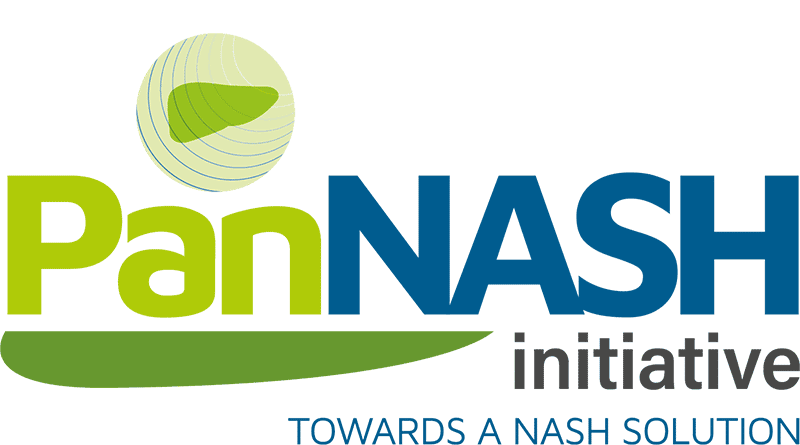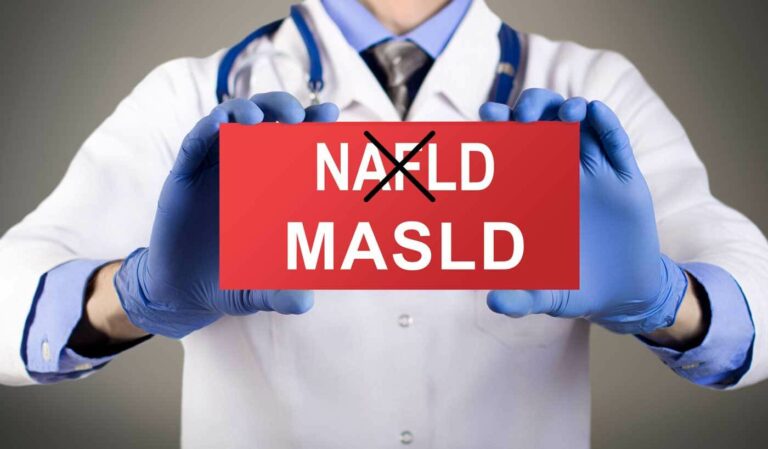Adipose tissue insulin resistance and fibrosis stage in NASH
Understanding the drivers of non-alcoholic fatty liver disease (NAFLD) is crucial to developing pharmacotherapies that effectively target it. Insulin resistance (IR), whose onset precipitates type 2 diabetes (T2D), is known to play a crucial role in the development of hepatic steatosis.

